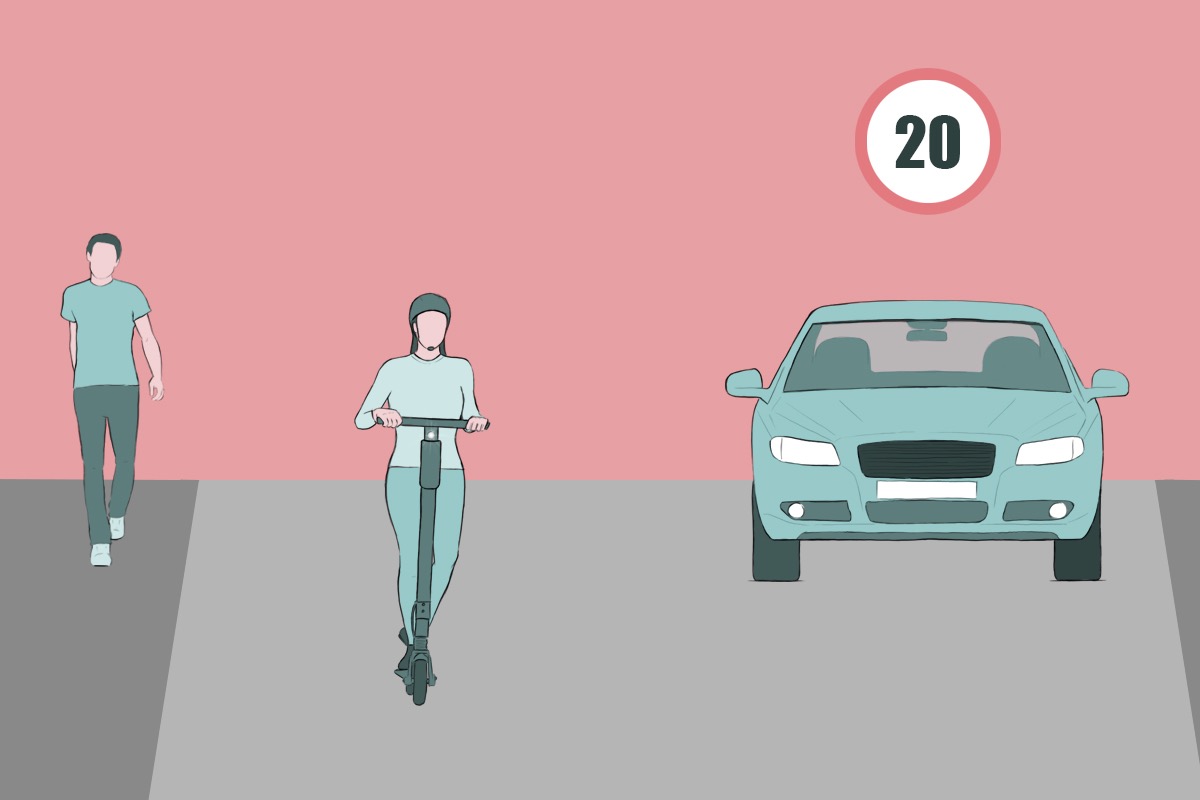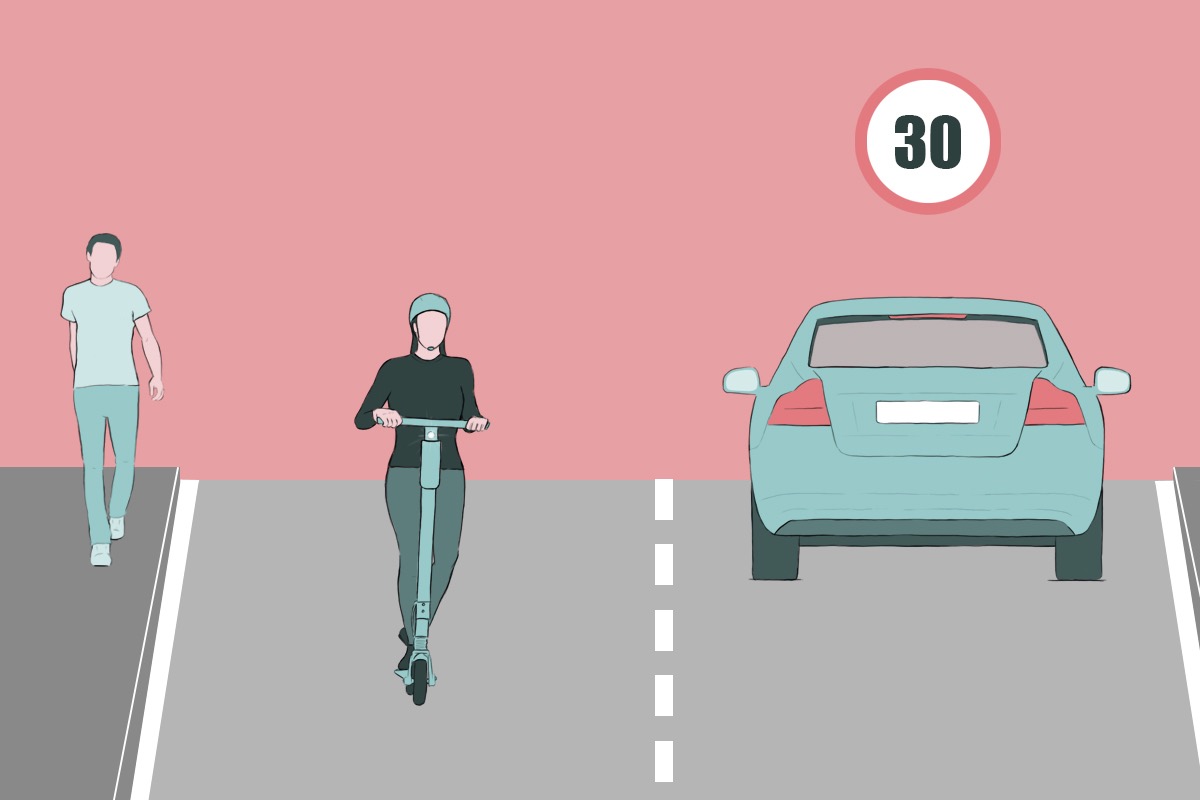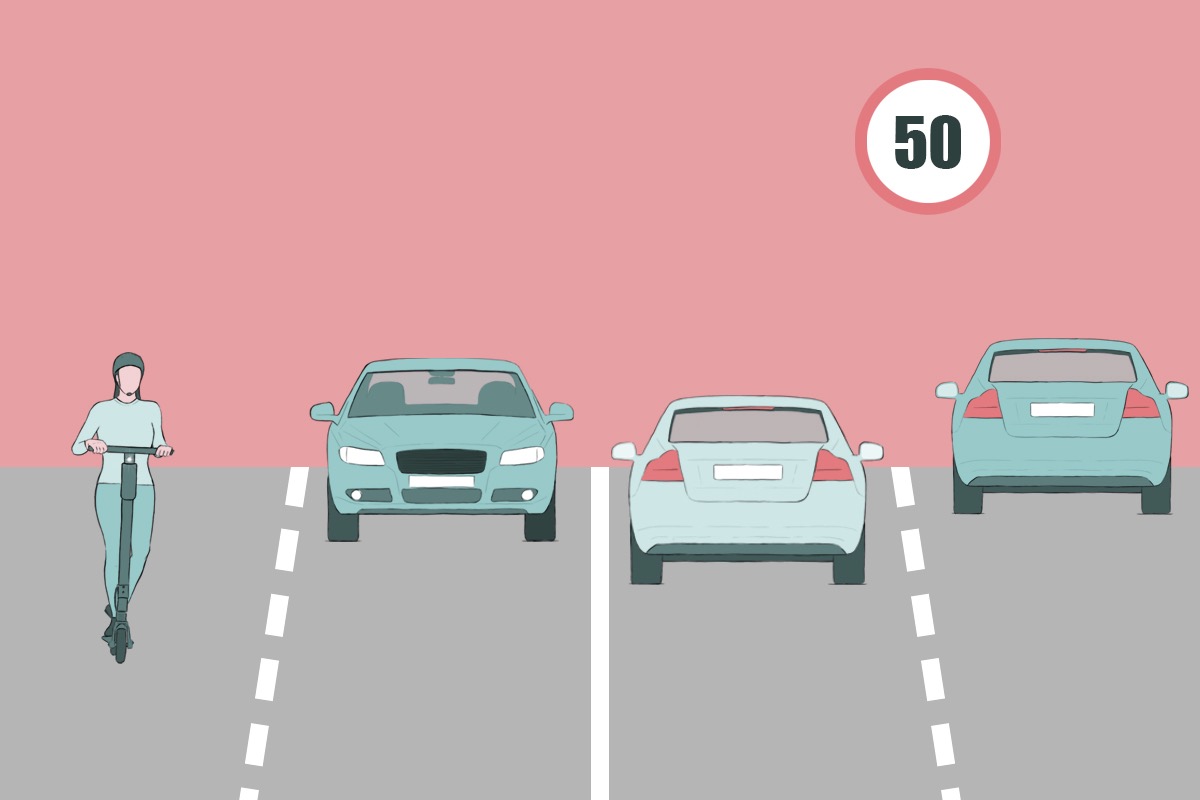New year, new norms
Keeping up to date about the rules of the road is just as important as learning them in the first place. They not only keep us safe when driving, but also serve to prevent another danger of the highway: fearsome traffic fines. This 2021 has brought an updating of the general traffic rules in Spain. Do you know the new rules?
To begin with, it is no longer possible to use passing another car as an excuse to exceed the speed limit by 20 kilometers an hour. In view of the dangers of excess speed and how it can cause vehicles to run off the road, the DGT (Dirección General de Tráfico) has established the maximum speed limit as the top speed at which to overtake another vehicle. Driving just one kilometer per hour over this limit can bring a fine of 100 euros, although with no loss of points from the driver’s license.
The new speed limits, which take effect on May 10, convert urban streets into streets with four speed limits, replacing the previous 50 kilometers per hour that was in effect in all towns and cities. Streets that are shared by pedestrians and cars will now have a maximum speed limit of 20 kilometers per hour; those with a single lane in each direction, 30 kilometers per hour; those with two or more lanes in each direction for vehicles with dangerous loads, of 40 kilometers, and those of two or more lanes in each direction will maintain the current limit of 50 kilometers per hour.

Until last January, if traffic police wanted to fine somebody, they had to demonstrate that the driver was using a radar detector, but that will no longer be necessary. The mere presence of a radar detector in a car brings an automatic sanction of 200 euros.
Another novelty, starting at the first of the year, has to do with the use of cell phones. There can now be a fine not only for using the phone but also just for holding it in one’s hand while driving. The penalty is 500 euros and will include the loss of six points on the driver’s license. We have to be alert. The DGT does permit the use of ‘hands free’ phone connection as long as the device is maintained in place by an approved support.

Failure to use the seat belt or systems that hold children in place is still penalized as before (200 euros), but with an added sanction: the loss of four points. More importantly, the sanction is imposed not only when they are not used but when they are used improperly.
In addition to driving norms, and in light of the increasing use of personal mobility vehicles (PMVs, the famous electric scooters), the DGT has introduced new regulations.
As of January 2, it is illegal to ride a PMV on sidewalks or pedestrian areas, as well as on interurban roads. The prohibition also extends to crossings, highways, motorways and tunnels, even in urban areas. PMV users are still obliged to respect all the driving regulations, as well as the new speed limits in cities, when they come into effect in the spring.

By updating PMV norms, the DGT not only introduces new rules but applies them on a nationwide basis. It thus eliminates the chance, as was the case so far, for each municipality to establish its own local regulations. As for the future, the DGT is already working on a manual to set characteristics for these vehicles to certify their use.
Spain isn’t the only country to update rules in response to the surge in new ways of moving around cities. Other European countries, like Germany, have introduced new legislation to keep people safe in the face of these new vehicles: since 2019, there are regulations for moving on a PMV. This includes the requirement that the device be insured as a means of transport. Germany has also opted to prohibit them from riding on sidewalks.
In more distant countries, ways are being sought to regulate the presence of the PMVs in cities. In Brazil, there is still no national legislation, although a law that was proposed in 2019 is being elaborated. Once approved, it would limit their speed to 20 km/h and they could move in pedestrian areas at no more than 6 km/h. In principle, these vehicles could carry only one person, although different towns and federal districts might be able to draft their own legislation about this aspect. In addition, there is the possibility that the rules applicable to cyclists might be used to regulate PMVs in the city.
In other countries, like Argentina, the new regulations require that these vehicles have a braking system that allows them to stop immediately, as well as position lights.
In the end, it’s important that there be development in both urban transport systems and the way we use them. Having specific laws that clearly regulate different aspects of transportation is crucial so they can coexist with other vehicles and pedestrians. Not to mention that, at bottom, this is the only way to reduce danger in urban settings.